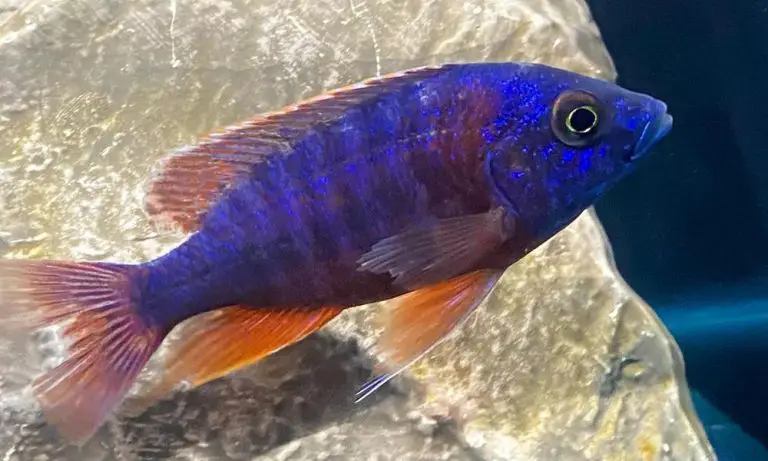
Unassuming and shy, these fish love to hide around most of the time. Keyhole cichlids are one of the most peaceful cichlid varieties we know.
#Electric yellow vs red zebra cichlid license
The most suitable tankmates for the electric yellow cichlid are:Ĭredits: James Green on Flickr under Creative Commons license So, it’s not rocket science, but you have to put in some thought before selecting a suitable tank mate for them.īut before that, here’s a quick guide on water parameters for electric yellow cichlids for easy comparison. They can be aggressive to fish of similar body shapes or colors and compete for resources and mates. They’re docile and peaceful compared to other cichlid varieties but have a dark side as well. Natives of Africa’s beautiful Lake Malawi, they are one of my favorite aquarium fish.Īn electric yellow cichlid’s personality is just as flamboyant as its name. So, it would be so foolish to assume these fish would be dull.

However, the true "correctness" of the classifications is still highly debated and those three genera are still used interchangeably to refer to the same fish in some references.Electric yellow cichlid (yellow lab) – even the name packs so much personality. In 1997, the new Metriaclima genus was created as a proposed "more correct" genus to replace Maylandia. Many of these fish were originally classified in the Pseudotropheus genus but the "Zebra" group was separated into the Maylandia genus created in 1984. One of the most affected groups are the fish from the genera Pseudotropheus, Maylandia, and Metriaclima. ** Note about scientific naming: As African cichlids are continually being discovered and redescribed, many scientific names have been changed over time.

Visit That Fish Blog for more information from our marine biologists and aquarium staff on African cichlids and many other topics! Wood tends to lower pH and is not usually recommended for African cichlid aquariums.

Substrates can range from the whitish coral sand used in saltwater aquariums to black freshwater sand or even regular decorative gravels. Rock "piles" and shelf-like backgrounds are common designs and can be made from tufa rock, lava rock or slate. Several other groups of cichlids can also be found from these lakes, some of which can be large and aggressive predators research all choices carefully.ĭecor for a Malawi/Victoria aquarium should be very rocky. Mbuna cichlids tend to be more aggressive and may bully the usually more passive Peacocks but some Mbuna cichlids are far more aggressive than others. While aggression and compatibility can vary from species to species, mixing Mbuna and Peacock cichlids is not usually recommended. Two of the most popular groups of these cichlids are the "Peacocks" (mostly the Aulonocara genus) and "Mbuna's" (native term for "rock fish" and including the genera Pseudotropheus, Labidochromis, Maylandia, Melanochromis and others). As with all cichlids, they are very territorial and will not tolerate other cichlids around "their" crevice. They seldom stray far from the rocky bottoms and sides of the lake and will quickly dart into the rocks to hide. Most cichlids in both lakes are rock-dwellers. Several hundreds species of cichlid are found in Lake Malawi, along with many regional variations, but Lake Victoria has far fewer due to the introduction of invasive predators. Malawian and Victorian cichlids are similar in care and temperament, leading to fish from these two lakes being grouped together in the hobby.

They are one of the most popular cichlids exported due to their bright color and lively behavior. The Red Zebra, Metriaclima estherae, has solid yellow-orange coloration, and males may show a faint blue sheen.


 0 kommentar(er)
0 kommentar(er)
